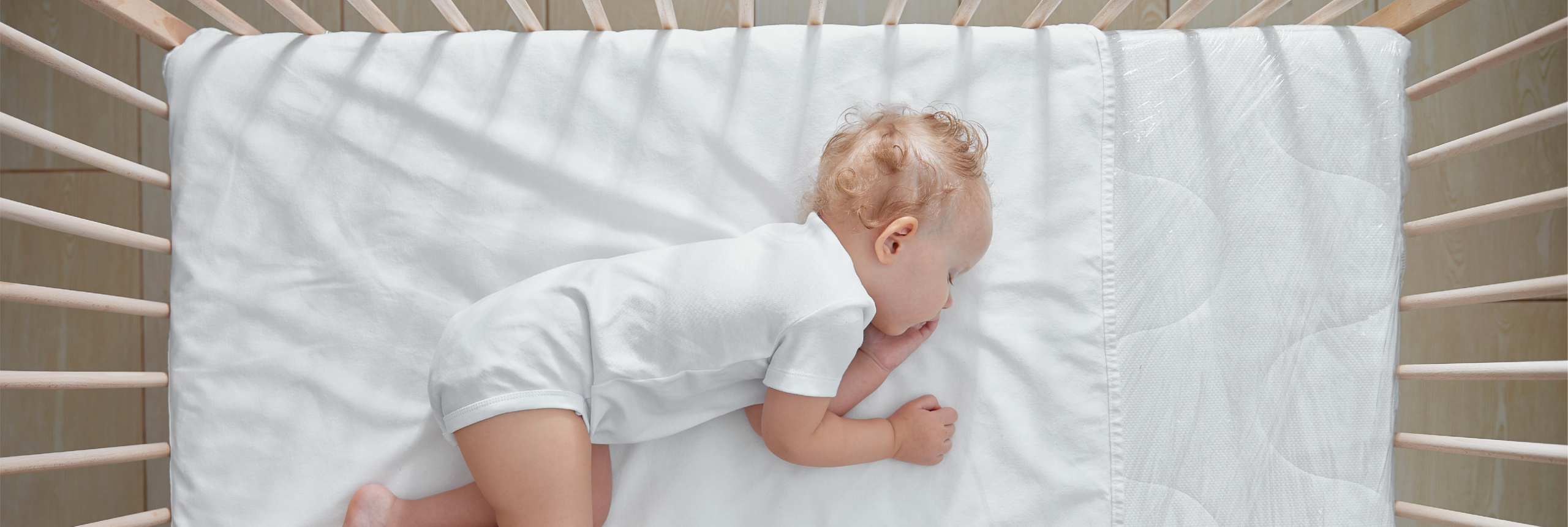Restful sleep is crucial for the growth and development of a baby. However, many parents face challenges in teaching their babies to sleep soundly throughout the night. This is where sleep training methods come in as a solution. Sleep training is an approach that can help a baby learn to sleep longer and more peacefully through various techniques and strategies. In this article, we will discuss some common sleep training methods used by parents to help their babies sleep better.
Ferber Method (CIO – Cry It Out):
The Ferber Method, also known as Cry It Out (CIO), involves giving the baby an opportunity to become comfortable with sleeping on their own. This method is carried out by placing a drowsy baby in their crib while they are still awake. Then, parents leave the room. If the baby cries, parents can give them some time before returning to the room to soothe them. This time interval can be gradually increased. For example, you might leave the baby for the first 5 minutes, then the next 10 minutes, and so on. The goal of this method is to help the baby learn to sleep on their own and develop better sleep skills.
Ferber Modified (Gradual Extinction):
A modification of the Ferber method, this approach also involves letting the baby sleep on their own but with a slight difference. Parents still leave the room when the baby is awake, but when the baby cries, they allow them to cry for a specified interval without returning to comfort them. This interval is gradually extended over time. This method gives the baby the opportunity to learn self-soothing and sleeping longer without the presence of parents.
Chair Method (Chair In The Room):
This method creates a gradual transition for the baby from sleeping with the presence of parents to sleeping alone. Parents place a chair next to the baby’s crib and sit there while the baby sleeps. Over several nights, the chair is slowly moved further away from the baby’s crib. This method provides the baby with a sense of security because the presence of parents is still there, but over time, the baby learns to sleep without parents by their side.
No Tears (Chair or Hand-Holding):
This method takes a slower approach and involves the presence of parents when the baby falls asleep. Parents remain near the baby while they sleep, either by sitting in a chair or holding the baby’s hand until they fall asleep. Over time, parents gradually reduce physical contact and their presence as the baby sleeps. This method allows the baby to feel secure with the presence of parents while learning to sleep on their own.
Pick Up/Put Down:
This method involves picking up the baby when they cry and putting them back down when they are almost asleep. The goal is to help the baby feel comfortable when sleeping on their own. Parents repeat this process gradually until the baby can sleep without crying.
Before choosing a sleep training method for your little one, it’s important to understand that every baby is a unique individual. Some methods may be more suitable than others depending on the baby’s characteristics and parental preferences. Consult with a pediatrician or a pediatric sleep expert before starting sleep training to ensure a suitable and safe approach for your baby. With patience, consistency, and attention, you can help your baby sleep better and establish better sleep routines for the whole family.




